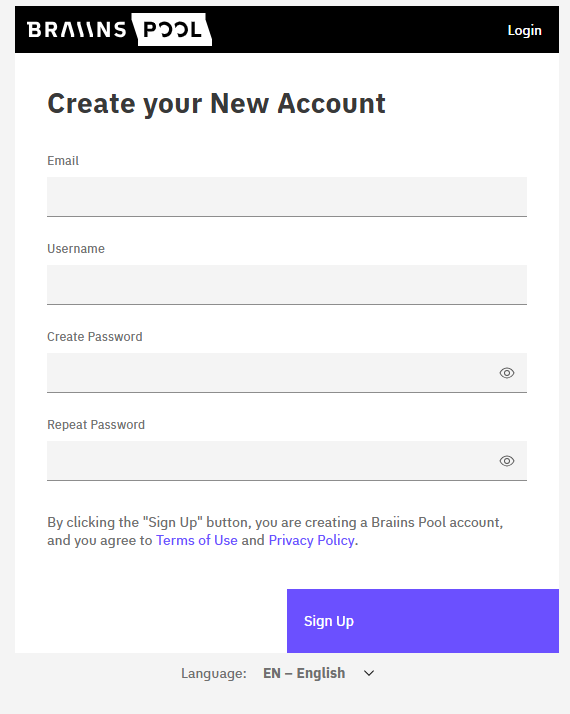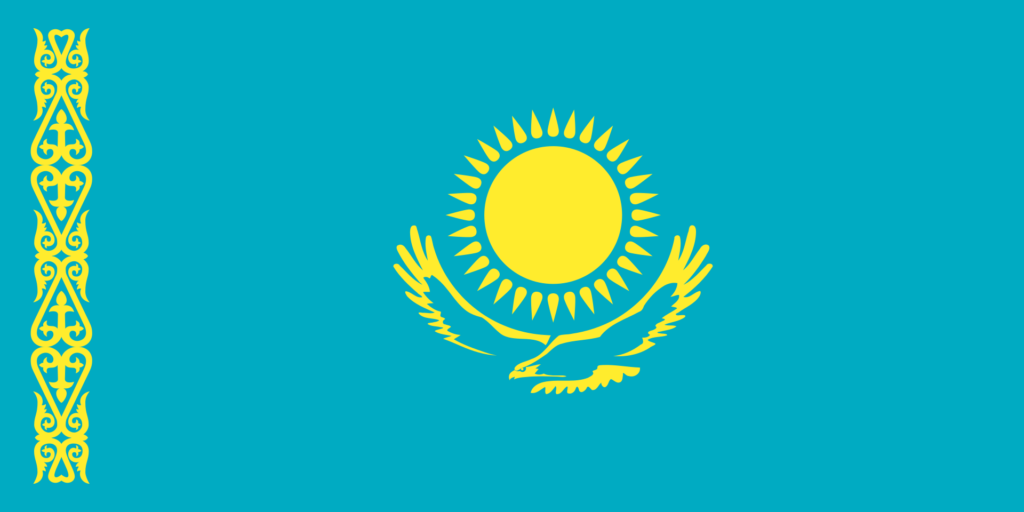In this article, I will discuss the Where Is Bitcoin Mined and which regions are bitcoin production powerhouses.
Bitcoin mining occurs in many countries, with the US, China, Kazakhstan, and new players like El Salvador serving as the biggest hubs.
I will cover what makes these locations popular for mining and the reasons behind their dominance in the world of cryptocurrency.
What is Bitcoin ?
Bitcoin is a cryptocurrency without a central governing authority that controls the currency. It utilizes blockchain technology to document its transactions. It started in 2009 when Satoshi Nakamoto, an anonymous figure, started operating it.
It enable people to make cross border payments directly, without the need of banks acting as middlemen.

Bitcoin’s unique feature is Bitcoin mining which entails validating network-managed transactions and keeping the system safe by completing complicated calculations.
Because of the scarce limit of 21 million coins, Bitcoin became a prominent investment with some regarding it as an effective hedge against inflation.
Where Is Bitcoin Mined

Bitcoin mining happens all over the world using either large scale industrial systems or individual specialist miners. Mining can be done solo; however, a lot of miners connect to a mining pool.
Which is a service that pools together the computing power of many users in order to increase the chances of winning block rewards. Let us illustrate this using one of the first Bitcoin mining pools: Slush Pool.
Example : Mining Bitcoins with Slush Pool
Sign Up and Create an Account

On the Slush Pool website navigate to the registration link. Create an account in it and this will serve as your control center from where you can track your mining activity, payments, and other statistics data.
Prepare Your Mining Hardware
Bitcoin miners are using ASICs (Application-Specific Integrated Circuits) miners) as the main devices. Make sure to connect a reliable ASIC miner like Antminer models which are capable of intense computations Bitcoin mining requires.
Configure Your Mining Software
You may download the mining software off the Slush Pool or recommended sites. Install it and add the credentials of the Slush Pool to the configuration files or GUI. Designate the pool’s server as your mining target. This connects the hardware’s hash power to the pool.
Joining the Mining Pool
Each time the connection is made, your mining gear begins to interface with other miners in the pool. The combined hashing power heightens the possibility of the pool successfully solving the puzzles that secure and append new blocks onto the Bitcoin blockchain. Each miner subsequently receives a portion of the block reward based on the amount of work done.
Supervise and Control Your Mining
Use Slush Pool’s dashboard to monitor activity of your mining in real time. You can check the current hash rate, total shares submitted, and approximate earnings. This data assists you in optimizing settings or even resolving problems associated with your mining hardware.
After meeting the reward criteria, Slush Pool deducts fees and Bitcoin is subsequently sent to your designated wallet.
Other place Where Is Bitcoin Mined
United States
The U.S. is now among the top Bitcoin mining regions in the world because of its energy reserves, certain crypto-friendly state laws, and sophisticated mining equipment.

Texas and Wyoming attract miners because of cheap electricity and good policies. Notably, the country’s increasing use of renewables to mine further augments its leadership position in advocating for environmentally friendly and large-scale Bitcoin mining in the world.
China
China used to be the world leader in Bitcoin mining. This is because everything from the coal powered electricity to the energy was quite cheap.

Unfortunately this changed once the government initiated the crackdown back in 2021, which forced people to relocate to more crypto mining friendly places. Even after the ban some underground operations still function, which further makes China a unique case for Bitcoin mining.
Their ability to innovate showcase how miners are able to adapt along with the ever changing world of decentralized networks like Bitcoin.
Kazakhstan
Kazakhstan is the newest Bitcoin mining hotspot in the world owing to cheap electricity and loose regulations.
A large number of miners moved to China after the mining ban trying to capitalize on Kazakhstan’s inexpensive power.

Another unique feature is that growth in mining has overstressed the country’s power grid, which has compelled the government to form new stricter regulations featuring energy caps.
This showcases the struggle to maintain a balance between national energy stability and crypto mining and nationalism.
How Bitcoin Mining Works
Transaction Review
The first step is to check the validity of transactions that are completed in Bitcoin. To stop double spending, miners check all transactions.
Building a Block
All confirmed transactions are compiled in a block.
Solving the Hash Riddle
All miners attempt to crack a specific hash from a block computed with different parameters and conditions. The aim is to obtain a value that is acceptable by the majority of nodes in the network.
Proof of work
All completed work units presented alongside the relevant parameters will have been worked on when the initial miner reaches the top and stamps his time.
Add Block
When the network comes to a consensus, valid checks are done during a voting round within the group.
Rewarding the Miners
Any active miner who reaches the defined target has the opportunity to get Bitcoin in addition to the existing transaction costs.
Factors Influencing Bitcoin Mining Locations

Cost of Electricity: Low, accessible electricity minimizes the costs of mining.
Sources of Energy: Regions that have renewable or inexpensive energy such as hydropower and solar attract miners.
Climactic Regions: Colder regions save money on cooling mining rigs.
Government Policies: Existing laws, levies, and provisions define whether a region can be mined.
Economic or Political Infrastructure: Mining facilities need powerful and reliable internet and electricity services to operate.
Geopolitical Stability: Less unstable areas that have some guarantees of regulation are better for miners.
Tax Incentives: Certain countries provide tax breaks or incentives as a means of attracting miners.
Future Trends in Bitcoin Mining
Less Centralization
Operations will be dispersed over a greater area, decreasing dependence on the big central hubs.
Change Towards Renewable Energy Sources
There will be an increase in the use of solar, wind, and hydro electricity powered mining for better eco-friendly practices.
Hardware Modifications for Higher Efficiency
New ASIC miners will be designed and produced with higher efficiency.
Increased Enforcement
Mining sites jurisdictions will have more control over operations, including setting limits on energy expenditures.
Rise of Mining Ponds
Larger ponds or pools will dominate the market with more concentration of hash rate.
Second Layer Solutions
On-chain demand for mining will be lowered due to heavy reliance on the Lightning Network and other scaling solutions.
Electricity Consumption
AI will be integrated to increase the efficiency of mining activities and the electricity used.
Conclusion
To summarize everything presented, Bitcoin mining takes place all over the world and has notable bases in the United States, China, Kazakhstan, Russia, and Canada with emerging regions in El Salvador and Paraguay.
Electricity pricing, legal frameworks, and available renewable resources determine where facilities are set up.
Over time, other features associated with evolution, such as decentralization, sustainability, and new energy efficient technologies will influence how Bitcoin is mined. Knowing these centers and changes has a critical role in determining the network’s safety, sustainment, and expansion.










